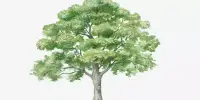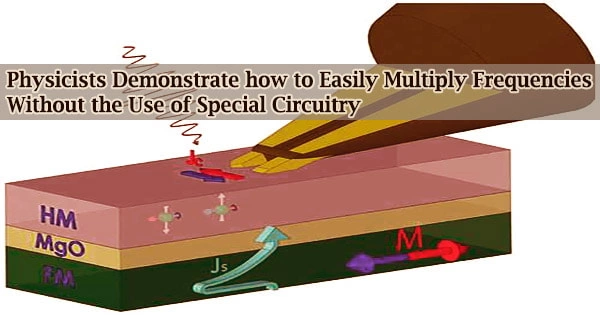Foliar feeding is a technique for feeding plants that involves delivering liquid fertilizer directly to the leaves. It is a technology in agriculture and gardening that applies nutrients directly to plant leaves rather than the soil. This approach includes spraying a diluted nutrient solution onto the foliage, which allows the plant to absorb nutrients through the stomata (pores) on the leaves and, in certain cases, the epidermis.
Plants can acquire necessary nutrients through their leaves. For example, increased CO2 reliably leads to reduced plant foliar nitrogen. They absorb through both their stomata and their epidermis. Transport is normally faster through the stomata, but total absorption can be as high through the epidermis. Plants are also able to absorb nutrients through their bark.
Foliar feeding was earlier thought to damage tomatoes, but has become standard practice.
Reasons for Foliar Feeding:
- Quick Absorption: Nutrients applied to the leaves can be taken up rapidly by the plant, which can be beneficial when plants are experiencing deficiencies or stress.
- Efficiency: It can be more efficient than soil application in certain situations, as nutrients are applied directly where they are needed.
- Correcting Deficiencies: It’s often used to address specific nutrient deficiencies, especially micronutrients like iron, zinc, or manganese, which might not be easily available in the soil.
Important Considerations:
- Timing: Foliar feeding is typically done early in the morning or late in the evening to avoid the hottest part of the day, which can cause the leaves to burn when nutrients dry on them.
- Dilution: Nutrient solutions should be properly diluted according to the plant’s needs and manufacturer recommendations to prevent damage to leaves.
- Compatibility: Some nutrients or chemicals may not be suitable for foliar application or may cause damage to certain plants, so compatibility should be checked beforehand.
- Frequency: It’s generally not a replacement for soil fertilization but rather a supplement, as plants still require nutrients from the soil for long-term growth.
Effectiveness and Application:
- Types of Nutrients: It is most effective for supplying micronutrients and certain macronutrients like nitrogen and potassium in specific circumstances.
- Plant Type: Some plants benefit more from foliar feeding than others, depending on their leaf structure and nutrient requirements.
In summary, foliar feeding can be a useful tool in plant care when used correctly and in conjunction with proper soil fertilization practices. It allows for targeted nutrient application and can help address deficiencies effectively.
















